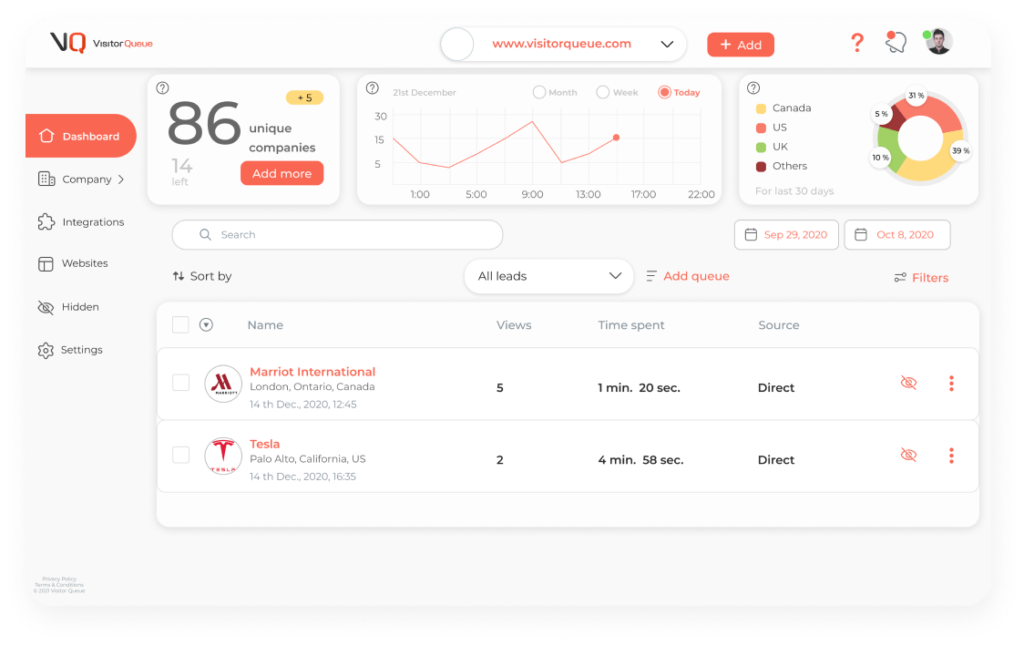When it comes to launching a product or growing a business, strategy is everything. Two terms that often come up in these conversations are “go-to-market strategy” and “marketing strategy.” At first glance, they may seem interchangeable. After all, both focus on getting customers and generating revenue. But in reality, they serve very different purposes, and understanding the distinction can make or break your success.
Today, we’re going to break down what a go-to-market strategy is, how it compares to a traditional marketing strategy, when you would use each, and the advantages and disadvantages of both. By the end, you’ll have a clear understanding of how these strategies can work together to drive long-term growth.
What is a Go-to-Market Strategy?
A go-to-market, or GTM, strategy is a short-term, highly focused plan that outlines how a company will bring a new product, service, or offering to its target audience. It’s essentially a launch plan that defines the steps needed to achieve adoption and sales in the most efficient way possible. A good GTM strategy typically includes defining the target audience, choosing distribution channels, setting pricing, identifying the value proposition, and aligning sales and marketing around launch goals. Think of it as the playbook for how you introduce something new to the market.
For example, if a software company is releasing a new feature designed for mid-sized businesses, the GTM plan would detail who the feature is for, why it’s unique, how it will be promoted, and how the sales team will approach those prospects. The goal is to accelerate adoption while minimizing risks and wasted resources.
What is a Marketing Strategy?
A marketing strategy is much broader and longer term. It outlines how a company plans to reach, engage, and retain customers over time. Unlike a GTM strategy, which is product-specific and temporary, a marketing strategy is ongoing. This type of strategy covers brand positioning, messaging, content creation, demand generation, and customer relationship management. It supports the overall business goals and ensures that the company remains relevant, competitive, and top-of-mind for customers.
For example, the same software company might have a marketing strategy focused on becoming the leading solution for businesses that need workflow automation. That strategy could involve SEO, social media, paid advertising, events, and long-term brand-building initiatives. It doesn’t end after the launch of one product. Instead, it continues evolving as the business grows.
Key Differences Between Go-to-Market and Marketing Strategies
Although both strategies are connected, their scope and purpose set them apart. A go-to-market strategy is all about execution and launch. It’s detailed, tactical, and product-focused. A marketing strategy is about building long-term visibility, authority, and customer loyalty. One way to think about it is that a GTM strategy is a sprint, while a marketing strategy is a marathon. The GTM strategy gets you out of the gate and in front of your target customers quickly, while the marketing strategy sustains momentum and keeps customers engaged over time.

When Should You Use a Go-to-Market Strategy?
You should use a go-to-market strategy any time you are introducing something new to the market. That could mean launching a brand-new product, releasing a major update, entering a new region, or targeting a new customer segment. For example, if your company is planning to expand into Europe after operating only in North America, you’d need a GTM strategy tailored to that market. It would help you determine the right messaging, partners, and sales approach to make a successful entry. Without a GTM plan, even the best product can fail. Customers won’t understand the value, sales teams won’t know how to position it, and marketing efforts may fall flat.
Pros and Cons of a Go-to-Market Strategy
A go-to-market strategy has several advantages. The biggest is clarity. By creating a detailed launch plan, everyone in the company knows their role and what success looks like. It also reduces wasted effort, since resources are focused on the tactics most likely to drive results. Another benefit is speed. A GTM plan helps accelerate adoption and shorten the time it takes for a new product to start generating revenue. However, the drawback of a GTM strategy is its limited scope. It’s designed for short-term execution, not long-term brand building. If companies rely solely on GTM strategies without investing in ongoing marketing, they may struggle to retain customers or generate consistent demand once the initial excitement wears off.
When Should You Use a Marketing Strategy?
A marketing strategy is something every business needs from day one. Whether you’re a startup trying to build brand recognition or an established company maintaining market share, your marketing strategy is what keeps your pipeline full and your brand trusted. Unlike GTM strategies, which you develop for specific launches, your marketing strategy is ongoing. You use it to consistently generate awareness, educate potential customers, and nurture relationships that eventually lead to sales. For example, a marketing strategy might include regular blog publishing, webinars, social media engagement, and SEO initiatives. It’s not tied to one launch but rather builds credibility and demand over time.
Pros and Cons of a Marketing Strategy
The strength of a marketing strategy lies in its ability to drive sustainable growth. By building brand recognition and nurturing customer relationships, marketing strategies ensure that businesses don’t just survive on one launch but continue to thrive year after year. A well-developed marketing strategy also creates a competitive advantage. Companies that consistently invest in brand-building and content marketing are better positioned to weather downturns or shifts in customer behavior. The downside is that marketing strategies take time. Unlike a GTM plan, which may generate results quickly, marketing strategies are long-term investments. You may not see immediate returns, and it can require significant resources to maintain consistency.

How the Two Work Together
The most successful companies don’t view go-to-market and marketing strategies as separate. Instead, they integrate them. A GTM strategy gives momentum to a product launch, while the broader marketing strategy ensures that momentum continues. For example, after launching a product with a GTM plan, ongoing marketing efforts like content creation, social media, and customer education help deepen adoption and build loyalty. The two strategies complement each other, with one driving initial impact and the other sustaining growth. Companies that align their GTM strategies with their overall marketing strategy also benefit from stronger brand consistency. Messaging feels more cohesive, customers better understand the value, and sales cycles shorten.
Common Mistakes to Avoid
One common mistake is confusing the two strategies and treating them as the same thing. This often leads to businesses either over-investing in short-term launches without building long-term loyalty or focusing only on brand-building without giving new products the push they need.
Another mistake is failing to align sales and marketing teams. A GTM plan will fall flat if sales doesn’t understand how to position the product, just as a marketing strategy will struggle if sales isn’t feeding back insights about customer needs.
Finally, many companies overlook measurement. Both strategies need clear goals and metrics to track progress. For GTM, that might mean adoption rates or sales velocity. For marketing, it could mean brand awareness, lead generation, or customer lifetime value.
Which One Is Right for You?
The answer isn’t one or the other, it’s both. A go-to-market strategy is essential for successful launches, while a marketing strategy keeps your business relevant and growing over time. Without GTM, your product may never gain traction. Without marketing, your brand may fade after the initial buzz. The most effective businesses are those that know when to use each and how to make them work together. They recognize that GTM provides the spark, while marketing strategy keeps the fire burning.
How Visitor Queue Supports GTM and Marketing Strategies
Visitor Queue can play a valuable role in supporting both your go-to-market and marketing strategies by helping you identify and connect with the right companies at the right time. For go-to-market initiatives, the platform can provide immediate insight into which businesses are engaging with your new product or feature, giving sales teams a faster path to meaningful conversations. For ongoing marketing strategies, Visitor Queue offers the data needed to nurture relationships, refine targeting, and measure the effectiveness of campaigns. By bridging the gap between awareness and action, we ensure that your launches make an impact while your long-term brand growth stays on track. Try it for free today.

Final Thoughts
Understanding the difference between a go-to-market strategy and a marketing strategy is more than a matter of semantics. It’s about knowing how to balance short-term execution with long-term growth. By clearly defining and aligning both, you can ensure that your product launches create impact while your brand continues to thrive well beyond the initial release. Whether you’re preparing for a new product or simply refining your brand approach, keeping these distinctions in mind will help you make smarter, more strategic decisions.
 Identify
Identify Personalize
Personalize Benchmark
Benchmark Agencies
Agencies Integrations
Integrations Case Studies
Case Studies Use Cases
Use Cases Blog
Blog Resources
Resources









